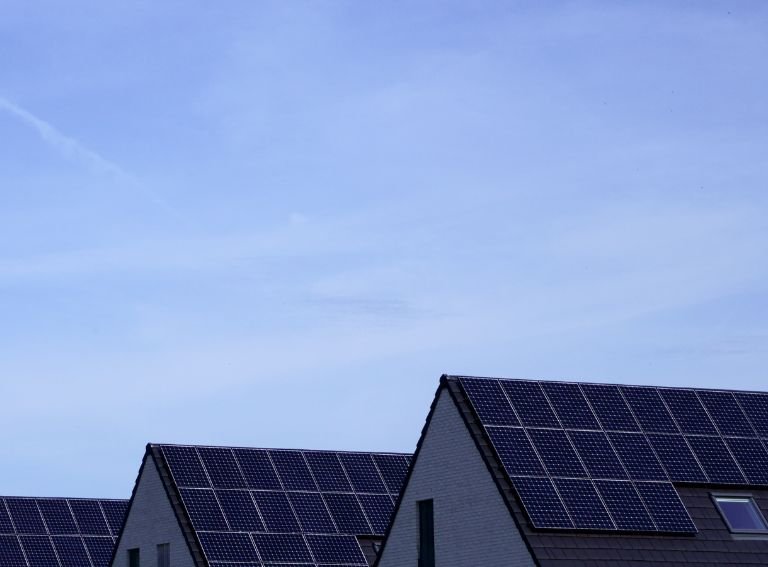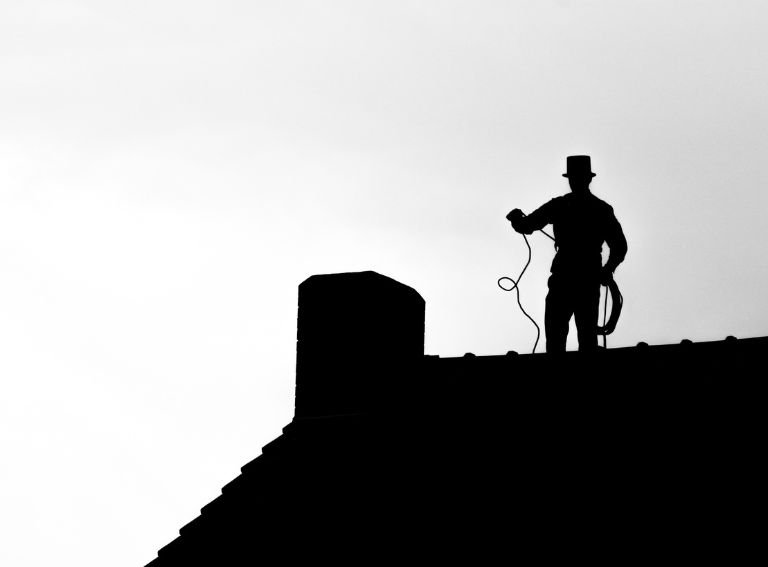Connecticut is making it easier—and more rewarding—for homeowners to go solar. Thanks to green energy incentives like the Solar Home Renewable Energy Credit (SREC), adding solar panels can save you serious money. But here’s the catch: if your roof isn’t ready, you could miss out on the biggest benefits.
A solar-ready roof is more than a nice-to-have. It’s the foundation for a clean energy upgrade that protects your home, boosts its value, and opens the door to major incentives. Roof age, material, and structure all play a big role in whether your home qualifies for savings—or faces extra costs down the line.
So read on—you’ll learn how upgrading your roof in Oakville now can future-proof your home, lock in Connecticut’s best green energy rewards, and set you up for long-term savings.
Why Solar-Ready Roofs Are a Smart Move in Connecticut
Connecticut isn’t just encouraging clean energy—it’s offering real money to homeowners who prepare for it. Programs like the Solar Home Renewable Energy Credit (SREC) reward you for producing solar power, but without a strong roof, you could lose that chance.
Let me explain—a solar panel system depends on the roof it’s built on. If your roof is too old, weak, or poorly designed, you risk extra installation costs, expensive future repairs, and missing out on incentives that require long-term system performance.
But there’s more. Connecticut’s green energy goals mean incentives will likely get bigger over time, not smaller. A solar-ready roof makes sure you’re ready to cash in now—and later. Plus, homes with solar-compatible roofs often sell faster and at better prices, giving you an edge if you ever decide to move.
How Green Energy Incentives Link to Roof Upgrades

Green energy incentives aren’t just about installing solar panels—they’re about having a home ready to handle clean energy for the long haul. And your roof is where it all starts.
Let me explain—programs like the Solar Home Renewable Energy Credit (SREC) expect your system to work reliably for years. If your roof fails before your solar panels do, you could lose eligibility for credits, face costly panel removal, or miss out on the full savings you were promised.
But there’s more. Some local and utility rebates in Connecticut even offer extra savings for energy-efficient roofing upgrades. A newer, properly built roof improves energy performance, protects your home, and makes you a stronger candidate for solar programs.
By upgrading your roof now, you’re not just preparing for solar—you’re positioning yourself to claim every available incentive and avoid expensive surprises later.
What Makes a Roof “Solar-Ready”?
Not every roof is built to handle solar panels, and skipping a few key details can cost you later. A solar-ready roof is strong, well-designed, and built to support a clean energy system for decades.
Let me explain—solar panels add extra weight and need secure mounting. If your roof is too old, made with weak materials, or filled with vents and obstacles, it makes installation harder and riskier. Worse, it can shorten the life of both your roof and your panels.
Here’s what makes a roof truly solar-ready:
- Age: Roofs under 10 years old are best. Older roofs may need replacing before adding solar.
- Materials: Architectural asphalt shingles, standing seam metal, or other durable options work best.
- Structure: Roofs should have a solid frame that can handle extra weight without sagging.
- Design: A simple roof with minimal chimneys, skylights, or heavy shading is ideal for panel layout and maximum sun exposure.
But there’s more. Some roofing systems also offer better warranties when installed with solar in mind—giving you double protection for your home and your investment.
Roof Replacement and Solar: Why Timing Matters
If you’re planning to install solar panels, replacing your roof first could save you thousands. Many homeowners skip this step—and end up paying double when they have to remove panels for unexpected roof repairs.
Let me explain—solar panels can last 25 years or more. If your roof isn’t built to last just as long, you’ll be forced to take down the entire system just to fix leaks, sagging, or other issues. That means extra labor costs, lost energy production, and wasted incentive benefits.
But there’s more. Connecticut’s green energy incentives, like the Solar Home Renewable Energy Credit (SREC), favor homes that can support long-term solar production without major disruptions. A new, solar-ready roof increases your system’s reliability and helps lock in savings without interruptions.
By timing your roof replacement before your solar installation, you future-proof your home, maximize your energy credits, and avoid expensive problems later.
How to Choose the Right Roofing Contractor for Solar-Ready Installation
Not every roofing contractor knows how to prepare a home for solar panels. Choosing the right team makes all the difference between a simple, smart upgrade and costly mistakes later.
Let me explain—solar-ready roofs aren’t just about laying down shingles. Your roofing contractor needs to understand solar panel weight, mounting needs, and long-term energy goals. A rushed or poorly planned installation can leave your home vulnerable to leaks, structural issues, or lost incentives.
Here’s what to ask when picking a roofing contractor:
- Experience: Have they worked with solar companies before?
- Materials: Do they use solar-compatible roofing systems like high-quality asphalt shingles or standing seam metal?
- Planning: Will they install with future panel placement and weight in mind?
- Warranty: Can they offer warranties that stay valid after panels are installed?
But there’s more. Eco-conscious roofing companies that use sustainable materials and recycle old roofing debris can sometimes help you qualify for additional green incentives in Connecticut. It’s a win for your home—and the environment.

Bonus Energy Upgrades to Boost Incentive Savings
Upgrading your roof for solar is the first step—but a few smart add-ons can stretch your savings even further. Connecticut’s green energy programs often reward homeowners who improve their home’s overall efficiency, not just solar production.
Let me explain—features like cool roofing materials and better attic insulation don’t just lower your energy bills. They can also qualify you for additional rebates, energy credits, and higher home resale value.
Here are two upgrades to consider:
- Cool Roofs: Reflect more sunlight, lower attic temperatures, and cut air conditioning costs in summer.
- Attic Insulation and Ventilation: Help regulate your home’s temperature year-round, reducing the load on your HVAC system and boosting the performance of your solar setup.
But there’s more. Some solar installers and local programs offer bonus incentives when you combine roof upgrades with energy efficiency improvements. A small investment now can unlock even bigger savings—and make your home more comfortable in every season.
Conclusion
Preparing your roof for solar isn’t just smart—it’s the key to unlocking Connecticut’s best green energy incentives. A solar-ready roof protects your investment, qualifies you for savings like the Solar Home Renewable Energy Credit (SREC), and sets you up for years of lower energy costs.
Let me explain—without a strong, solar-ready roof, you risk higher expenses, lost incentives, and missed opportunities. But with the right upgrades and the right roofing contractor, you can future-proof your home and get the most out of Connecticut’s clean energy programs.
Now here comes the good part: upgrading your roof today doesn’t just prepare you for solar—it builds long-term value into your home. Ready to get started? Contact a trusted roofing contractor and take the first step toward a stronger, greener future for your home.




